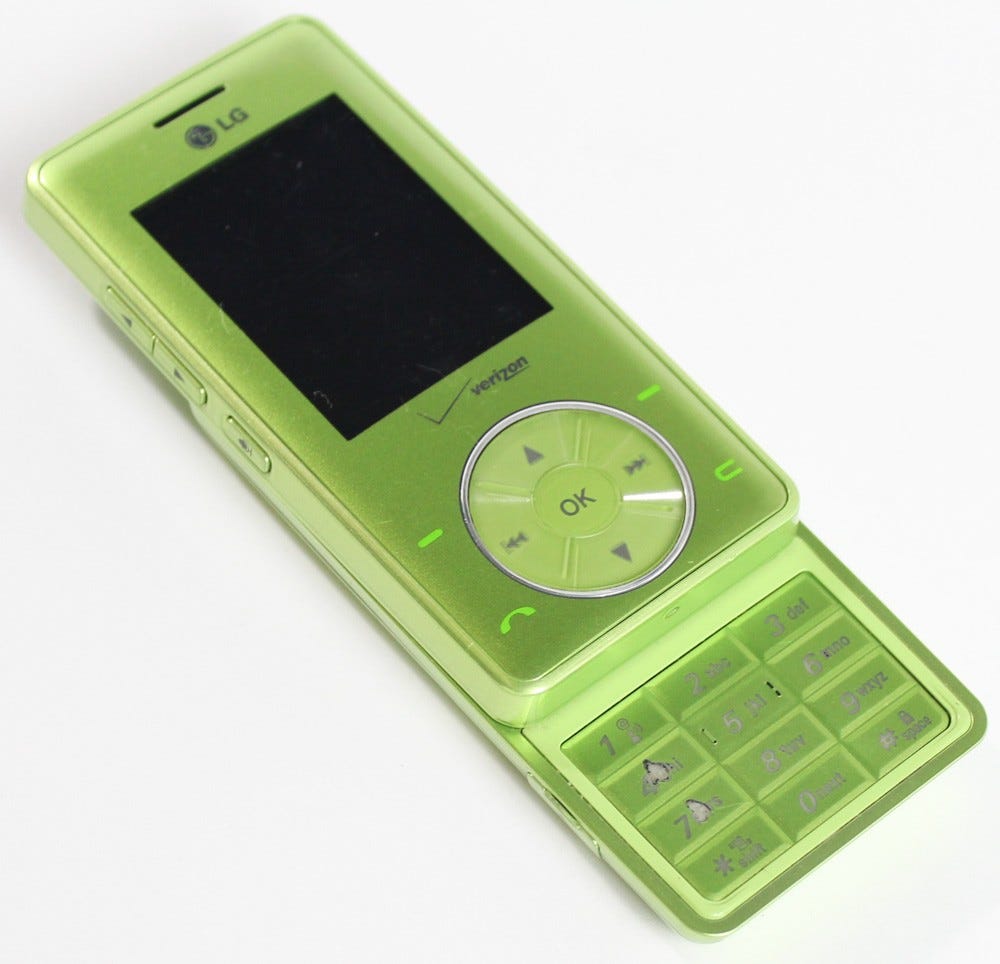A grammatical BOGO
twice the fun
If you are a subscriber (and surely you are, because you are receiving this), you received a welcome email from me when you first gave me your precious email address. In the welcome email, I mentioned that I might, occasionally, share a little grammar-related tidbit of wisdom, and I promised it would be fun.
That’s what we’re going to do today: have fun with grammar. Now before you go rolling your eyes and groaning, give me a chance. Not only will this be painless, it will also make you look smarter than the average user of social media.
Eons ago, before the advent of smart phones, when the most high-tech cell phone you could own was an LG Chocolate, texting began to be a thing. You could pay a certain amount for 250 or 500 texts per month, but if you went over your limit the charges were outrageous. If your parents had gobs of money, they could pay a higher price for unlimited texting and you were the cool kid.

If you owned such a technological wonder, you learned how to use T9-Word to send text messages. This consisted of using the number keys 2–9, and pressing them repeatedly to get the desired letter. For example, to type “hello” you would press 44-33-555-555-666. If you remember struggling with this you may be close to Medicare age.
Apparently T9-Word has been updated and now uses predictive technology to say what you don’t intend. Back then, it was the bee’s knees, but it lacked emotion, and everyone knows you cannot possibly put emotion into words. You need emojis, which had not been invented yet. (I bet cave men had their own emojis . . .) So how was one to express happiness or sadness?
Punctuation marks to the rescue. We knew they were good for something.
Happy = :)
Sad = :(
There may have been more, but I was too busy trying to press the correct keys the appropriate number of times just to get a few words typed to be worried about accompanying emotions.
Which brings us to today’s topic.
The semicolon
There may be no more-feared punctuation mark than the semicolon, and that's a shame, because he really is a nice little fellow. His idea of fun is joining things together—sort of a verbal holding of hands.
But most people don't know what to do with him. We learned in T9 that he makes cute winky faces ;) but we are not here to talk about emotions (at least not today). What does he do in the world of punctuation? We’re going to find out together!
And what luck! We can't possibly talk about semicolons without also covering the dreaded comma splice. This will be a two-lessons-in-one day—a grammatical BOGO! So let's explain the comma splice first, and then you'll know exactly what to do with Mr. Winky-face.
The comma splice
The word splice is easiest to understand as an electrician's term that means "join." When you have two wires that must be joined so the current can flow through them without interruption, you splice them. Typically this involves removing a half inch of the plastic wire coating, twisting the two wire ends together, and then screwing on a wire nut or wrapping the joined part with black electrical tape. Not duct tape, unless you want to light up like a Christmas tree.
So a comma splice is when we use a comma to splice (or join) two sentences. This is a big no-no.
Here's an example using our sweet dog, Pete:
Pete is my 70-pound bulldog, he is afraid of cats.
Do you see that comma in there? I see this mistake all the time, and it makes my skin crawl. The problem here is that both clauses are independent, meaning each one can stand alone as a complete sentence with subject and predicate (Pete is and he is). And when you try to join two independent clauses (two complete sentences) with a comma, the thunder claps, the lightening flashes, and the comma-splice gods roar in anger.
So you have a couple of choices.
You can insert a period after bulldog and capitalize He, making two separate sentences:
Pete is my 70-pound bulldog. He is afraid of cats.
You can use a comma PLUS conjunction (and, but, or, for, nor, so, yet) to join the two sentences:
Pete is my 70-pound bulldog, and he is afraid of cats.
(If you need a conjunction refresher, here's one from Schoolhouse Rock. Even if you don't need the refresher, the video will make you smile. I remember watching Saturday morning Looney Tunes when I was a kid and singing along with all the Schoolhouse Rock videos. Don't laugh. You remember them too.)You can use a semicolon.
Pete is my 70-pound bulldog; he is afraid of cats.
This option is best when the two sentences are closely related. If I said
Pete is my 70-pound bulldog. I like cats.
it would be silly to use a semicolon. The two sentences aren't related. They're best left as two separate sentences.
So a semicolon is a great little tool in your punctuation toolbox that lets you link closely related sentences without angering the comma-splice gods. And that's always a good thing.
It can also be used in a sentence where you are listing a bunch of items that already contain commas, so that adding MORE commas would confuse things.
This has a lot of commas:
I have appointments on Thursday, May 4, Saturday, May 6, and Monday, May 8.
So you could write it like this just to make sure you avoid confusion:
I have appointments on Thursday, May 4; Saturday, May 6; and Monday, May 8.
Any time you're listing things that contain commas, use semicolons to separate the individual items just to keep things clear.
And that's semicolon use in a nutshell. That wasn't so bad, was it? Go ahead and admit you had a teensy bit of fun. ;)



It was fun, and I believe the Schoolhouse Rock guy was a Point Beach grad.
Reminds me of Eats Shoots and Leaves! Her 2nd book was hilarious too.